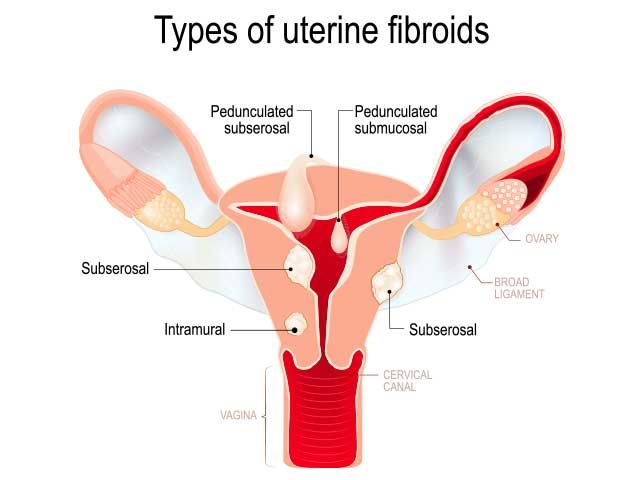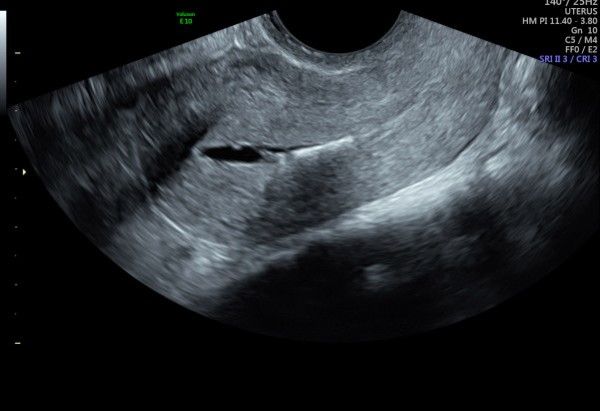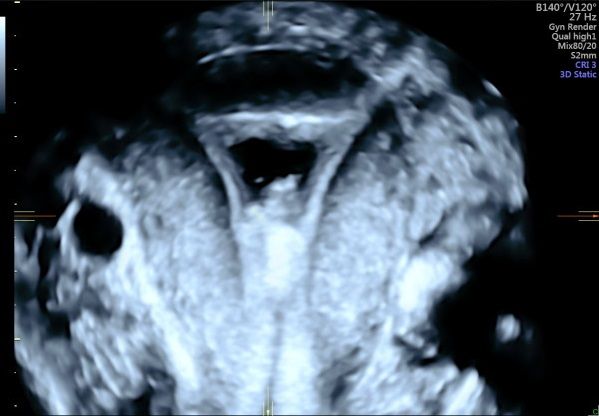Sonohysterography
Request a Booking
Book online now and we will get back to you shortly.
The common reasons for having a Sonohysterogram are:
- Suspected abnormalities of the uterus, such as polyps.
- Abnormal bleeding
- Evaluation of endometrial abnormalities e.g. in women receiving tamoxifen therapy for breast cancer
- Investigation of sub-fertility and recurrent miscarriages
- If the lining of the uterus was not able to be seen clearly on routine scanning
You should not have the procedure if there is a chance of being pregnant or you have acute pelvic infection or unexplained pelvic tenderness which may be due to pelvic inflammatory disease.
This technique is used to detect abnormalities of the uterus and the endometrium.
Essentially a small amount of sterile fluid (typically less than 20 ml in volume) is instilled into the uterus through a fine, flexible plastic tube to outline the uterine cavity.
Prior to the examination, the sonographer who will assist the specialist with ultrasound guidance, will explain the procedure to you. You will have the opportunity to ask any questions prior to the procedure being performed.
Preparation for Sonohysterography
The procedure is performed between days 5 - 10 of the menstrual cycle, day 1 being the first of of your menstrual period. If you have irregular or infrequent periods the timing should be discussed with your doctor or with us prior to making a booking.
In some cases, patients may experience some pelvic discomfort. We suggest you take 2 analgesic tablets such as Naprogesic an hour before the procedure.
Will I need an anaesthetic?
Whilst you may experience some mild discomfort, this is not a painful procedure and therefore no anaesthesia is required.
Normal symptoms you may experience after the procedure:
- Light bleeding or discharge - please use panty liners rather than tampons
- Light period cramping
Abnormal symptoms you may experience after the procedure:
- Foul smelling discharge
- High fever - over 38 degrees celcius
If you experience any of the abnormal symptoms, please contact your GP or the specialist who performed this examination.
Media

Fibroids

2D Sono cropped

3D Sono uterus
